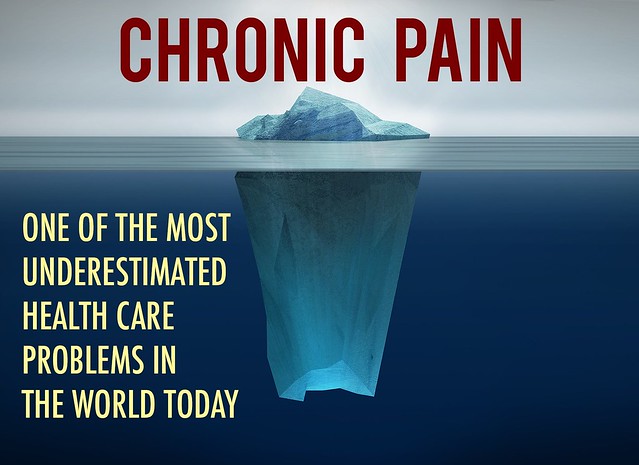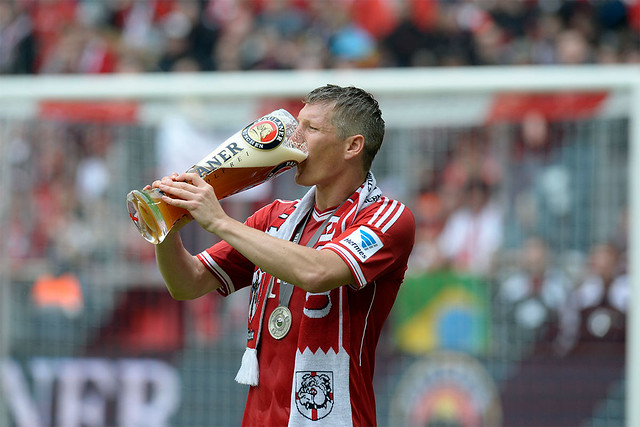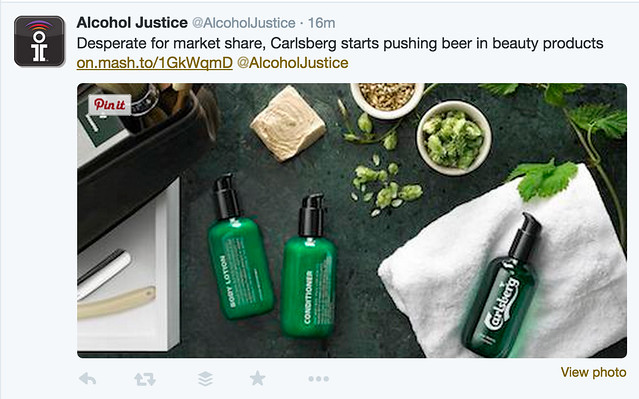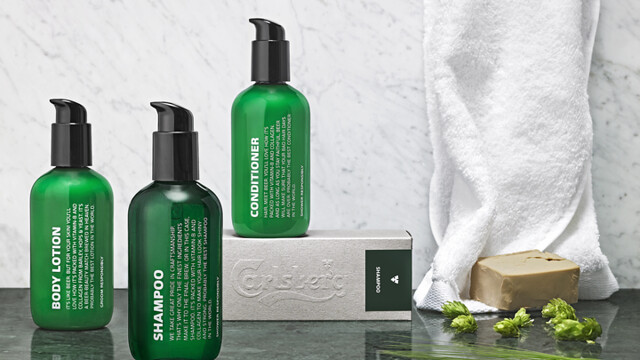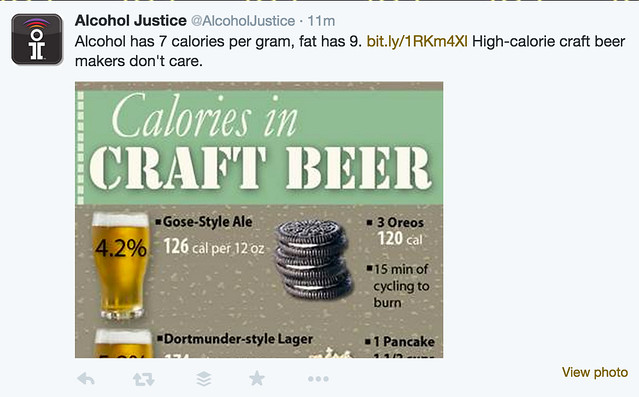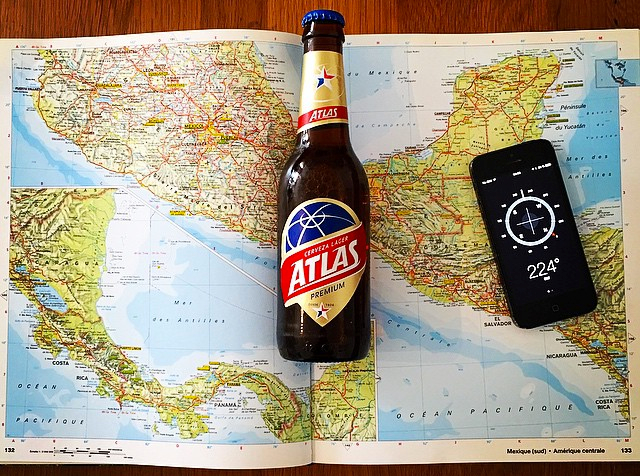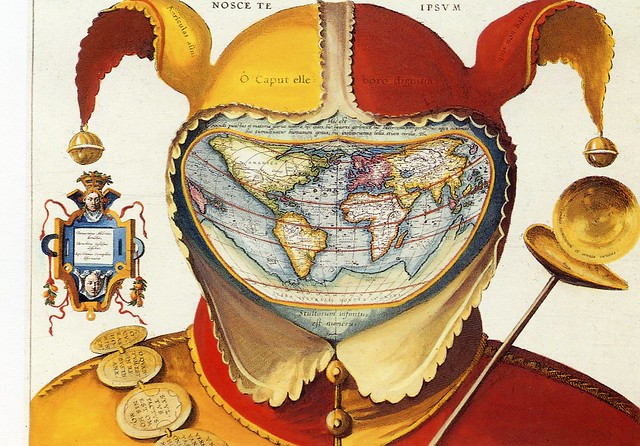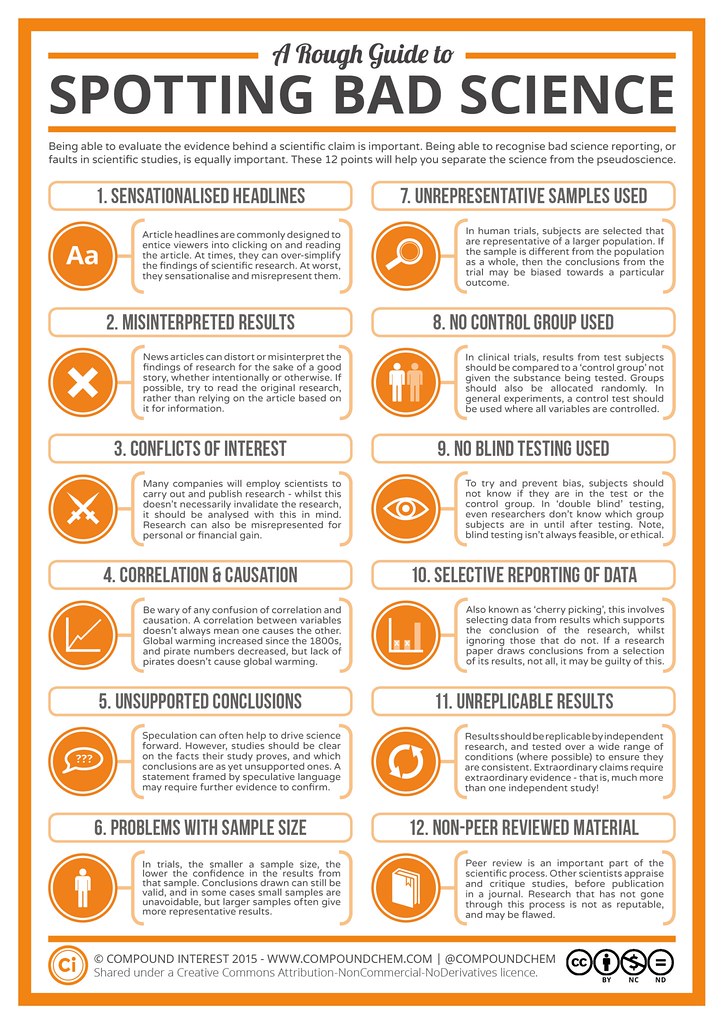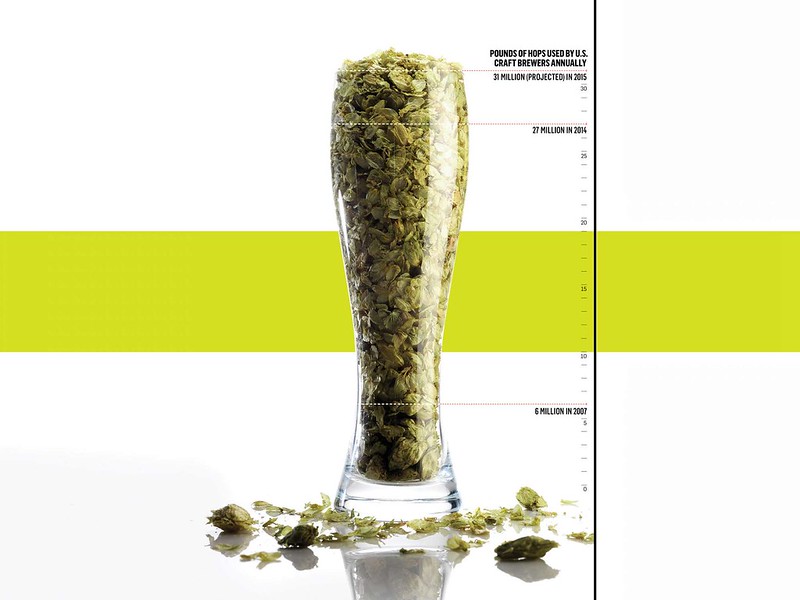
I know that title sounds like a riddle, but it’s not meant to be. It’s meant to start a discussion about something I’ve been noticing lately that’s starting to confound and annoy me, at least a little bit. I was on a family vacation last week, taking a road trip to the L.A. area to visit some beaches and some friends. As we began our holiday, we stopped for two days in Pismo Beach, and as we drove into town, I could see an intriguing sounding place from the highway called the Shell Beach Brewhouse. Since this was strictly a family holiday, I hadn’t done any reconnaissance on breweries but was secretly happy I’d spotted one. So after a quick dip in the pool (which are like strong magnets for my kids) we headed out for dinner and a few beers. It turned out that by “brewhouse,” they meant taphouse restaurant. Which was fine up to a point. The food was decent, the beer list almost passable, though the service was subpar. But it brings me to the larger point. When is a Brewhouse not a Brewhouse?
Earlier this year — or was it last year? — during a weekend trip to Monterey, I went to the Cannery Row Brewing Company while the rest of the family was shopping. At this point you probably won’t be surprised to learn that it was NOT a brewery, but a taphouse restaurant. Is this a growing trend, calling yourself something that suggests, implies or downright claims that you brew beer? Is it dishonest? I can see an argument that a brewhouse is a house with brews in it, but when I see the word brewhouse, I think of a place where people start to brew beer, with kettles, tuns and raw ingredients … oh, and hoses. Don’t forget the hoses.
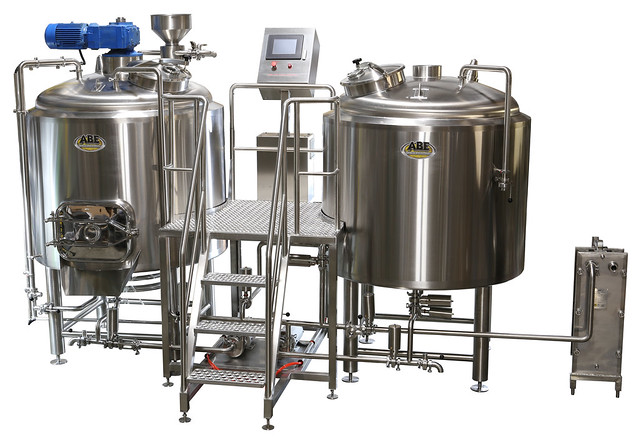
Clearly, there’s no consensus on a naming convention. The Brewhouse in Santa Barbara does brew their own beer, as does the Barrel Head Brewhouse in San Francisco. Fitger’s Brewhouse in Duluth, Minnesota actually brews, as does Rupert’s Brew House in Kalamazoo, Michigan, the Audacity Brew House in Denton, Texas and the Covington Brewhouse in Covington, Lousiana. Also brewing their own beer is the Trinity Brewhouse in Providence, Rhode Island and the Crescent City Brewhouse in New Orleans. And so is the Northwinds Brewhouse & Eatery in Ontario, Canada, the Glacier Brewhouse in Anchorage, Alaska and all three McKenzie Brewhouse locations in Pennsylvania.
Skirting the naming, sort of, is the Temple Brew House in London, England, which serves its own beer, but the brewery itself is known as the Essex Street Brewing Company, which they explain as:
The Essex Street Brewing Company was founded in November 2014 to create great artisan beers, on site, and delicious to the good people of Temple. We’re really proud of our brewery, which is why it was built at the heart of the pub and the first thing you see as you walk down Essex Street.
But the BJs Restaurant and Brewhouse only used to, and today contracts their beer and trucks it to each location. I mean they … er to be fair, by they, I mean Michael Ferguson, brews the beer at a remote location, but the BJs themselves, which have “brewhouse” in their name, do not brew the beer onsite any longer even though it is exclusively brewed for them, by them.
There’s also the Flipside Brewhouse in Rohnert Part, the town right next to me [though they have apparently received brewing equipment months ago, it has yet to be installed or used despite claiming “Well Estd Brewhouse” on their logo], The BrewHouse in San Juan Capistrano [though I’m told they may have started gypsy brewing at other local breweries], and Scotty’s Brewhouse operates a dozen locations in Indiana. Then there’s the Brown Iron Brewhouse in Washington, Michigan and The Brew House in Maryland Heights, Missouri. What do all of these brewhouses have in common? They don’t brew their own beer onsite.
Also not brewing any beer is the Broadway Brewhouse of New Philadelphia, Ohio, Joe K’s Brewhouse in Harrisburg, Pennsylvania, the Upright Brew House in New York City, L.A.’s Blue Palms Brewhouse, and the 2nd Street Brewhouse in Philadelphia.
The Brew House & Bistro in Forest City, North Carolina, the Brewhouse Pub & Grille in Helena, Montana and The Brew House Bar and Restaurant in Pearl River, New York, along with many others, at least hint that they’re not actually brewing by including the word or words bar, pub, grille or restaurant in their names, too. That helps, at least a little bit, but still seems slightly misleading.
But what’s clear is that there’s no consensus. There’s plenty of examples of businesses with the word “brewhouse” featured prominently in their name that both brew beer onsite and do not. My list above is by no means complete or scientific, but the result of looking at the first few pages of a Google search for “brewhouse.” It does give a good indication that the use of the term “brewhouse” is all over the map. The actual definition, however, seems less open to debate.
The Dictionary.com definition of a brewhouse is quite simple:
brewhouse [broo-hous]
noun, plural brewhouses [broo-hou-ziz]
1. brewery.
Even the Oxford Dictionary definition is pretty succinct: “noun; A brewery.” And those definitions are not just a recent development indicative of a word in transition. The Webster’s Revised Unabridged Dictionary from 1828, as updated in 1913, defines a brewhouse as ” n. A house or building appropriated to brewing; a brewery.” So it’s fairly unambiguous, there’s little room for nuance in those definitions. Which is comforting, because that’s certainly the sense in which I’ve always understood the word.

When a bar uses the word(s) brewing company or brew pub in their name that seems even more questionable since the words are less ambiguous even than brewhouse. While the Cannery Row Brewing Company is the only one I can remember by name, I’m pretty sure I’ve run into a couple of others over the years. If you know of a place that calls itself a “brewing company” but isn’t, let me know in the comments below, please. For obvious reasons, it’s much harder to search for businesses with brewing in their name but that don’t brew. Google doesn’t parse that information, sadly.
[Happily — or sadly — I was not wrong about there being additional “brewing company” businesses that do not brew, which readers were kind enough to alert me to. Here are a few more I’ve learned about. The Los Angeles Brewing Company, is a bar in downtown L.A. that at least claims they “do not currently brew beer on our premises, we have future plans to do so.” Also in L.A. was the Weiland Brewery Underground, but after 14 years of calling itself a brewery closed at the end of June this year. In Rochester, New York, the California Brew Haus has been not brewing their own beer for 45 years so far, and both the Visalia Brewing Company and Valley Brewing Company used to operate breweries but haven’t for long enough that they should probably stop calling themselves one. In the case of Valley Brew, it’s been a few years now since they removed the equipment but on their website they still refer to themselves as a “microbrewery” and the Google summary states “The Valley Brewing Company is Stockton’s oldest brewery.”]
Brewpub, or brew pub, however, seems even trickier. A much newer term, at least in common use, I would not have thought anyone would call themselves one without actually being a brewpub. But the Iron Horse Bar & Grill, in Montana, used to be called the Iron Horse Brew Pub, but changed their name, perhaps bowing to consumer pressure. I don’t know exactly when it changed its name, but the 2012 edition of the “Moon Spotlight Missoula & Northwestern Montana” travel guidebook still lists the brew pub name (and discloses their lack of brewing) so it must be pretty recently. Their website URL is still “ironhorsebrewpub.com.” Since they opened in 1991, that suggests that they were known incorrectly as a brew pub for at least 21+ years. Or is it technically a pub that serves brews, and that makes the name okay? That seems to be stretching things, but perhaps that’s the argument.
So it seems clear that a brewhouse in the ordinary meaning of the word is a brewery. And brew pub, brewpub or brewing company seem even more obviously misleading if brewing is not done onsite. Yet a number of bars, restaurants and the like are calling themselves a “brewhouse” without doing any actual brewing on premise, and there are at least a few instances of the other variety.
My question for the beer collective hive mind is this: Should an establishment not brewing beer be permitted to call itself a brewhouse, brewpub or brewing company, or is it misleading the public? Or does it simply not matter? I realize that there’s probably not any meaningful way to actually stop someone from calling their bar or restaurant whatever they want. But it seems like social pressure could be brought to bear. Or maybe I’m just being a pedantic grammar nutcase. What’s your take?
UPDATE 8.5: Thanks for everyone who’s commented. The list of places who brew and don’t brew with brewhouse and other potentially misleading names was meant to illustrate that there are a great number of both. As I stated, it was neither scientific nor in any way complete. However, several people have offered updated information about some of those places and also suggested new places, so I’ve decided to update those, where it makes sense, using [brackets], so you know that’s the updated information.


